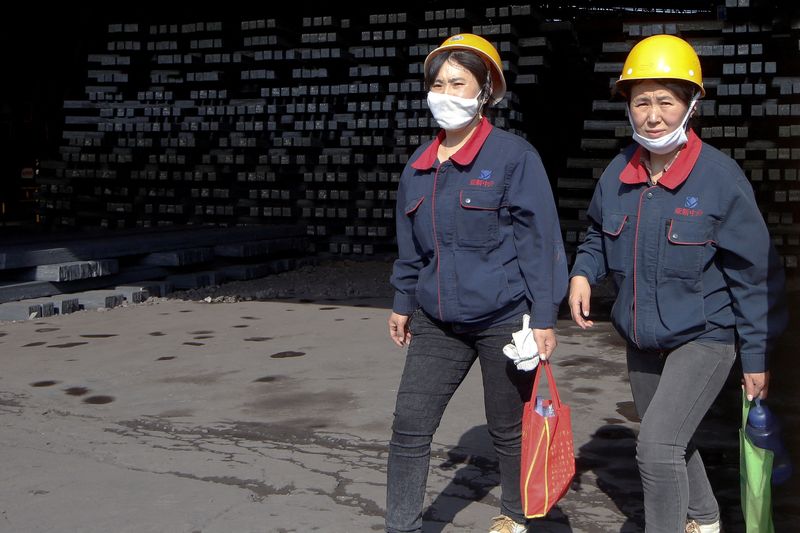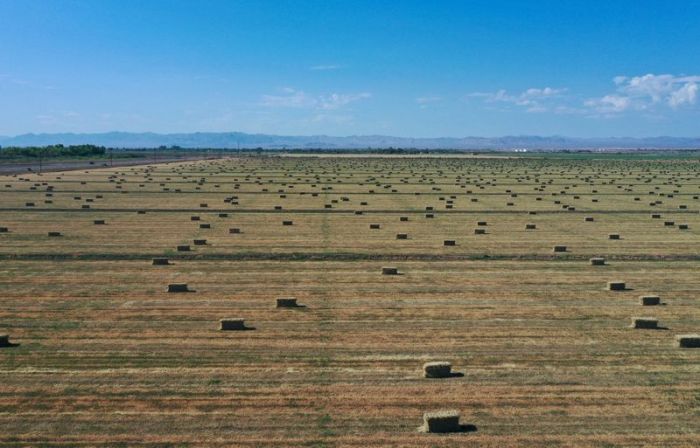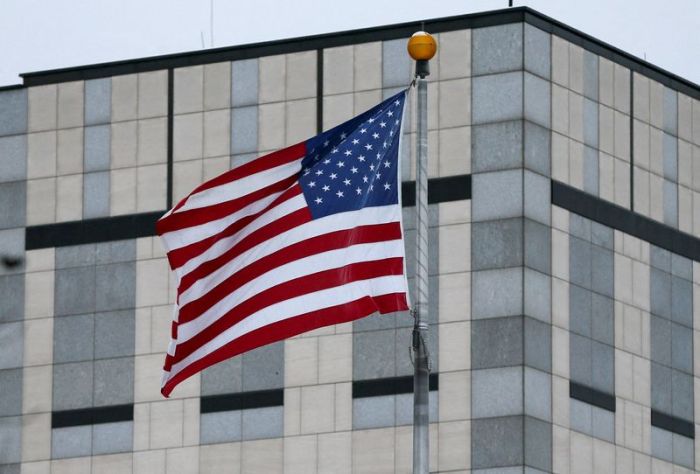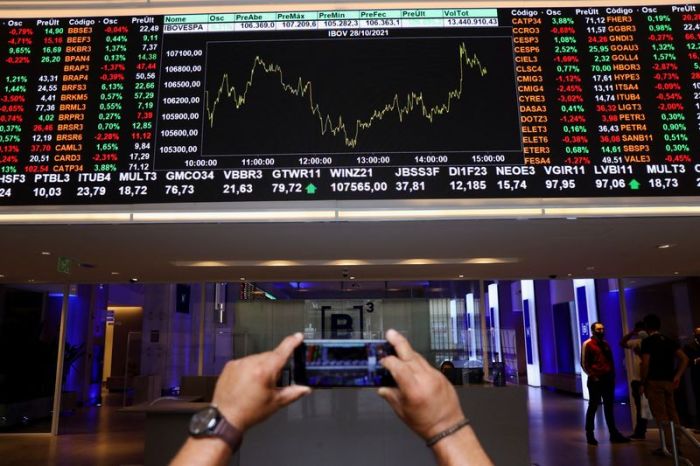BEIJING (Reuters) -China’s industrial firms saw December profits grow at their slowest pace in more than a year and a half, pointing to cooling demand amid mounting economic challenges for the world’s second-largest economy.
The downbeat data adds to expectations of strong supportive measures from the People’s Bank of China in the coming months to stabilise a faltering economy. COVID-19 outbreaks have hit consumer spending, a property market downturn is deepening and exports look set to slow.
Hobbled by an easing in factory-gate inflation, industrial profits rose 4.2% year-on-year, the slowest rate since April 2020, according to the National Bureau of Statistics (NBS). That compares with a 9% increase in November and a 24.6% gain in October.
Figures for the whole of last year, however, showed a stellar rebound, with industrial profits surging 34.3% to 8.7 trillion yuan ($1.37 trillion) after just 4.1% growth in 2020 when COVID-19 shutdowns pummelled the economy. It was the biggest jump since 2011 when the NBS began to disclose data more regularly.
The December figures point to a weak year this year and industrial profits could even decline in some months due to a high base of comparison in 2021, said Wang Jun, an economist at Zhongyuan Bank.
He also noted that a huge number of struggling small firms were not captured by official data, which only looks at companies with annual revenue of over 20 million yuan from their main operations.
“Constraining factors are building for China’s central bank. With the U.S. Federal Reserve set to raise interest rates in March, time is running out for the PBOC to further ease policy,” said Wang.
The PBOC, which has flagged more measures are in store, has sprung into action over the past few weeks, unexpectedly cutting the borrowing costs of its medium-term loans for the first time since April 2020 and lowering benchmark lending rates.
Zhu Hong, a senior NBS statistician, noted the steep slowdown in industrial profit growth over November and December and said operational pressures facing manufacturers and a high number of loss-making companies were cause for concern.
“In the next step, we will…implement tax and fee cuts as well as measures to ensure supply and stabilise prices, in addition to vigorously helping firms to tackle difficulties,” he said.
China’s economy grew 4.0% in the fourth quarter from a year earlier, marking its weakest expansion in one-and-a-half years. The economy is set to expand by 5.5% this year, an adviser to the government’s cabinet said last week.
($1 = 6.3354 Chinese yuan)
(Reporting by Stella Qiu and Ryan Woo; Additional reporting by Albee Zhang; Editing by Edwina Gibbs)



















